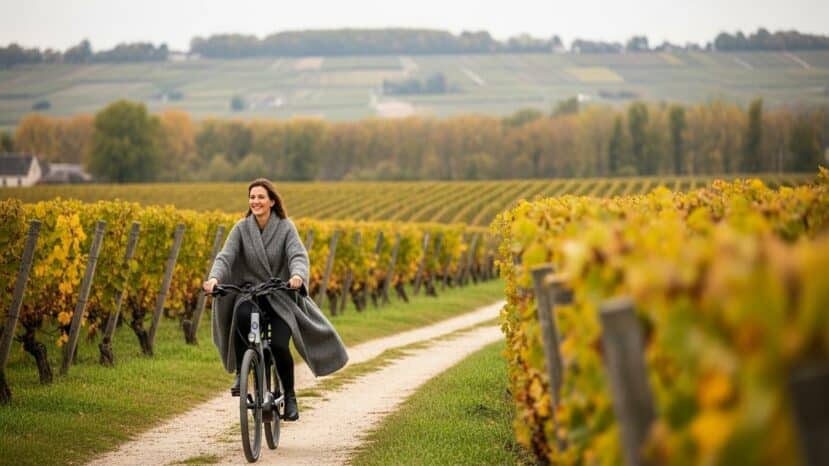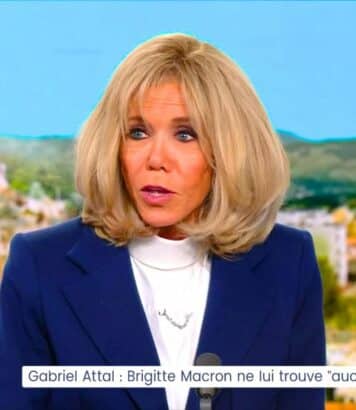Wine tourism in Champagne: cellar tours, charming accommodation and walks between Reims and Épernay are all the rage

Champagne is experiencing a real renaissance in wine tourism, driven by its landscapes, its bubbles and its craftsmen and women. On site, the weather sets the pace as much as the wineries, giving added depth to the visits. In this way, the traveler is in tune with the seasons, and the experience gains in authenticity.
Champagne, fertile ground for responsible wine tourism
Between hillsides, historic houses and chalk pits, the offer has become more structured.UNESCO heritage listing in 2015 served as a gas pedal, highlighting a living heritage. What’s more, itineraries have been adapted for shorter, gentler stays. Wine tourism is thus anchored in a more conscious approach.
Reims and Épernay, the gateways to the region, are the focal points for visits and accommodation. From Gothic cathedrals to pits, from champagne bars to vineyards . On the other hand, the nearby countryside invites you to relax and socialize. Wine tourism here is based on a balance between city and nature.
The weather plays a key role, as the vines change every month. In spring, the colors awaken the hillsides; in summer, the evenings grow longer. Then, in
“Champagne can be visited with all five senses, to the rhythm of the vineyards and pits.
New visitor practices and expectations in wine tourism
Demand favors short, content-rich formats. For example, assembly or sanding workshops attract curious profiles. What’s more, electric bikes and local shuttles reduce carbon footprints. Wine tourism is following this trend, without losing sight of the quality of the welcome.
Online booking makes preparation easier, especially at weekends. As a result, early-morning or late-day slots remain strategic to avoid crowds. What’s more, bilingual guided tours are on the increase, making it easier to get the most out of your visit. Wine tourism is becoming more accessible, even for short stays.
- Choose an early or late slot for winery visits
- Prefer cycling or walking between two houses
- Book workshops and tastings at least two weeks in advance
- Check the weather and dress appropriately for chalk pits
- Alternate famous sites and independent winemakers to vary styles
Itineraries, towns and key sites for a successful stay
The route between Reims, Épernay and the Montagne de Reims concentrates complementary experiences. You can combine sacred heritage, art nouveau and forest walks. Panoramic views over Aÿ or Hautvillers explain the singularity of the soils. Here, wine tourism can be enjoyed from a variety of vantage points.
Pavillon Ruinart. A tour of the chalk pits, a champagne bar, a terrace and a boutique: this stop-off combines history and conviviality. A lively wine tourism venue, it offers a guided tour and well-thought-out food and wine pairings.
On theAvenue de Champagne, the great houses tell an industrial and artistic saga. However, the charm is also felt by the village winegrowers, who are adept at cultivating precise plots of land. Vine and wine museums help visitors understand the tools of the trade and the seasons. Wine tourism becomes a reading of the landscape, bottle in hand.
Walking enthusiasts opt for the marked trails above the hillsides. Afterwards, a local lunch extends the tasting experience, with sober, attentive service. As a result, the day maintains a relaxed rhythm, between introductory courses and nature breaks. Here, wine tourism matches the visitor’s pace.
Practical tips and calendar of events
Cultural events punctuate the year, from spring to winter.Épernay ‘s luminous evenings and gourmet events bring families and enthusiasts together. Reservations are often required for these highlights. Wine tourism gains in comfort when the agenda is well organized.
Budget-wise, rates vary according to the reputation of the houses and the duration of the stay. On the other hand, group packages can reduce the overall cost. What’s more, quality labels such as
Sustainability, transmission and trades: behind the scenes of an ecosystem
The ecological transition is everywhere, from vineyards to bottles. Certifications, soil cover and biodiversity are progressing at their own pace. The wineries share these steps during their tours, with concrete examples. Wine tourism becomes a useful and measurable vector of education.
The training of guides and sommeliers is increasing, as demand becomes more refined. As a result, the discourse is linking terroirs, climate and cellar techniques. Tastings are also becoming more didactic, without losing any of their pleasure. Wine tourism enhances the value of these skills, to the benefit of all.
Last but not least, the region is committed to accessibility, from city trails to cellar sites. On the other hand, some crayères remain constrained by their ancient architecture. As a result, we’re adapting our welcome with alternative formats and digital media. In this way, wine tourism is broadening its audience, without denying its history.





No comments
Post a comment
Always participate in accordance with the law and with respect for others.